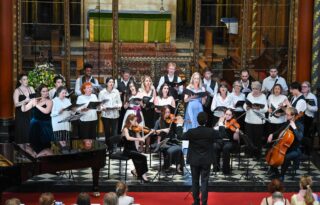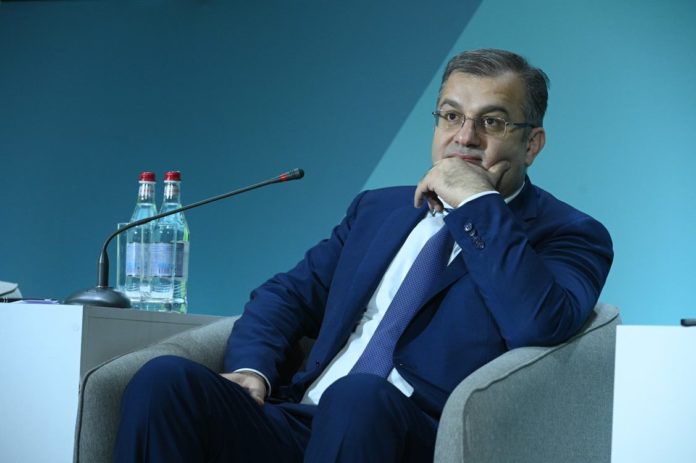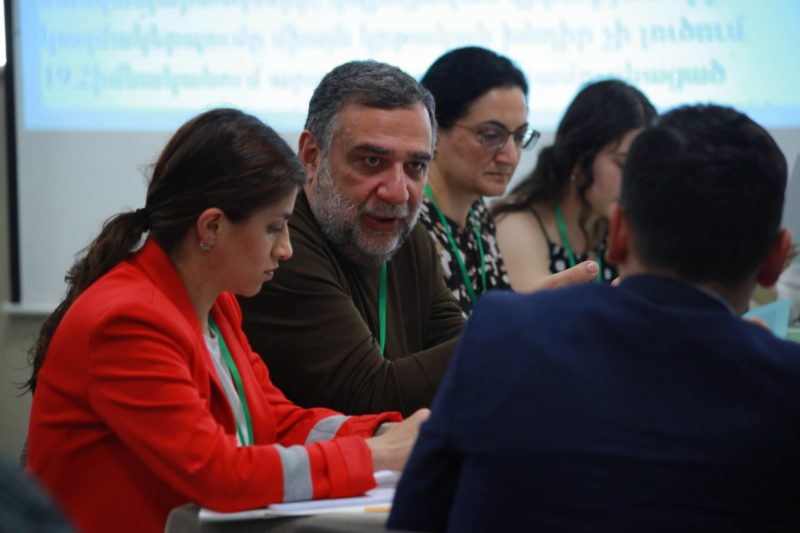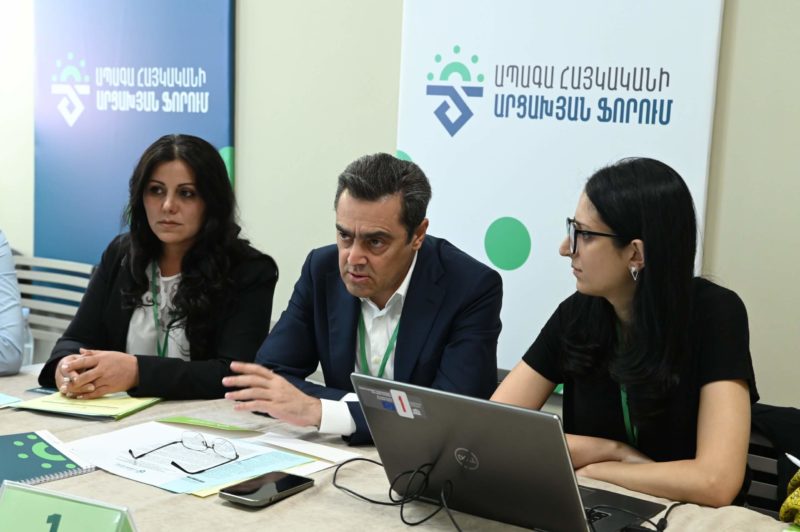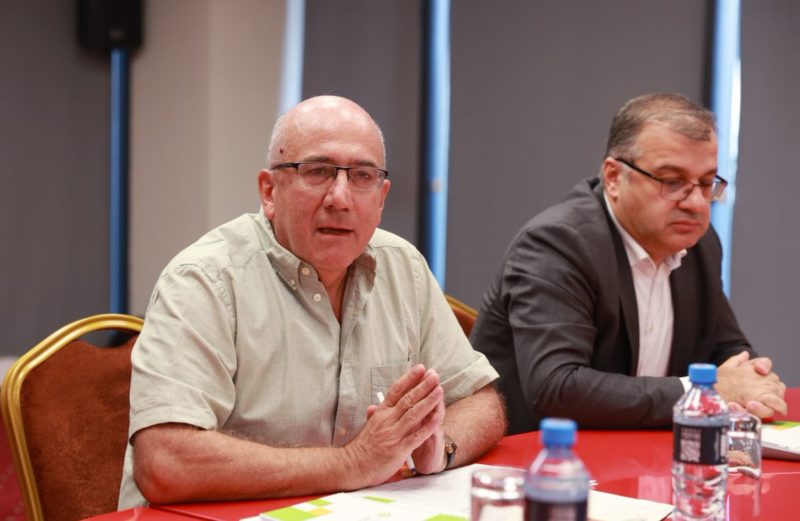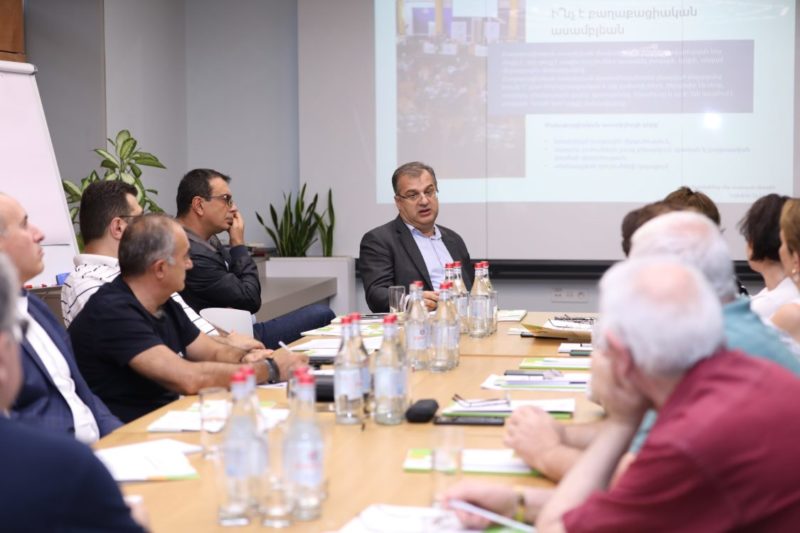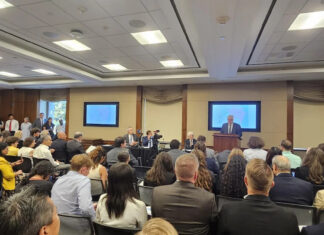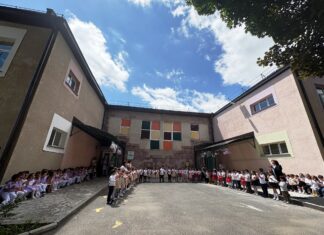WATERTOWN — During times of crisis, Armenians frequently call for unity as a people and a nation, and during the current era of Armenian independence a number of different fora had been created by various organizations and bodies, including the Armenian government, to bring together Armenian representatives of organizations or regions throughout the world. What has never been attempted is a citizens’ assembly, a body composed of randomly selected Armenians to study and reach recommendations on important but potentially divisive issues. They often are convened by governments, but in this case, it is the Future Armenian Initiative, cofounded by Noubar Afeyan, Artur Alaverdyan, Richard Azarnia, Aram Bekchian, David Tavadian and Ruben Vardanyan in 2021, which is preparing one for Armenians throughout the world to be held this November in Yerevan.
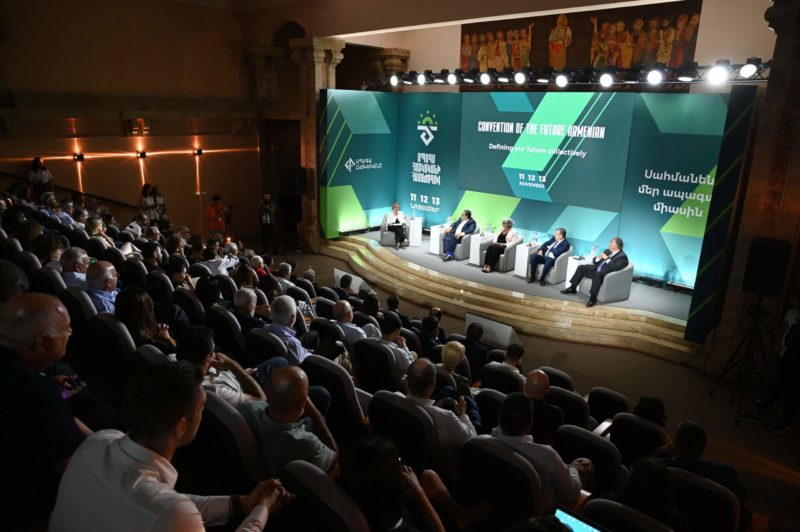
Background
Artak Apitonian, until June 2021 a deputy foreign minister of the Republic of Armenia, and a career diplomat for some thirty years who has served previously in various countries, became the first executive director of the Future Armenian Development Foundation in February 2022. The foundation was created to further the Future Armenian Initiative, he explained, which was launched in 2021.
Apitonian said that after leaving the Armenian diplomatic service, “Frankly, the most important thing for me was to make a difference, to do something to overcome the polarization in society and try to bring people together, especially those who want to bring forth change in Armenia. In that sense, it [Future Armenian] was quite harmonious with my values, the values that I have been preaching for almost all my diplomatic career.”
The idea came forth as a result of prior efforts undertaken by a number of the cofounders. Vardanyan and Afeyan launched a program called Armenia 2020 in 2002-2003, which presented various scenarios for Armenia’s development until the year 2020 to the Armenian government as well as to Armenian society and attempted to bring together accomplished Armenians from around the world.
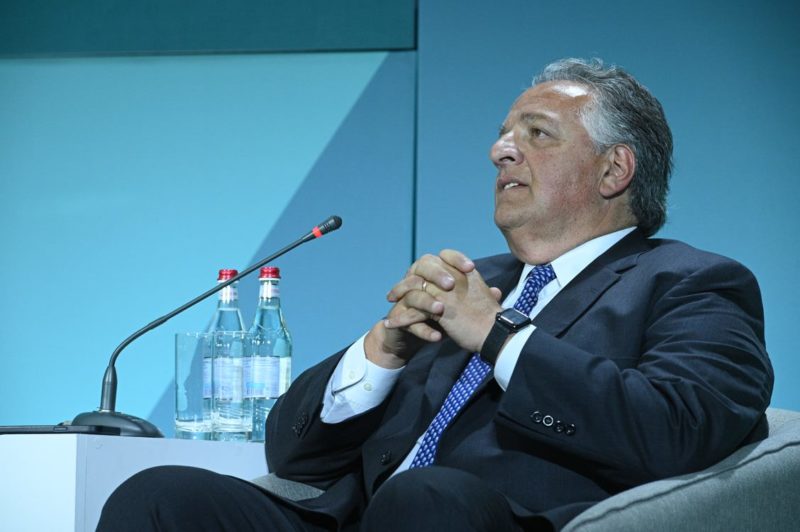
“Unfortunately,” Apitonian explained, “this exercise, although it was very, very rich in content and verified by various experts, not only Armenians but famous international experts, and brought up from the experiences of various countries, just stayed there. It was not taken up by the then government. It was not widespread in public [discussions] and it stayed on paper.”
